What is the Fattah-2 hypersonic missile that Iran used to penetrate Israel's air defenses?

On June 22, 2025,
How Iran will penetrate Israel's air defenses? Fatah hypersonic missile #Iran #Israel - YouTube
Iran has reportedly used its hypersonic missile, the Fattah-2, to penetrate Israel's Iron Dome David Sling Arrow-3 air defense system.
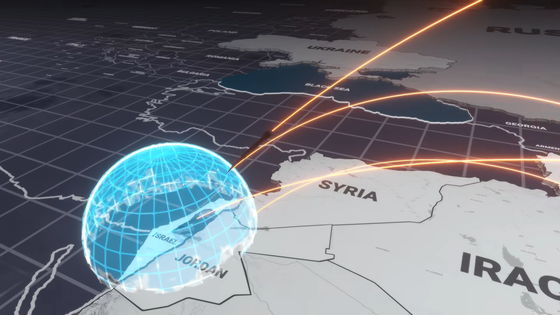
The Fattah-2 is extremely difficult to intercept as it can reach its target before air defense systems like the Iron Dome can detect, track and intercept the threat.
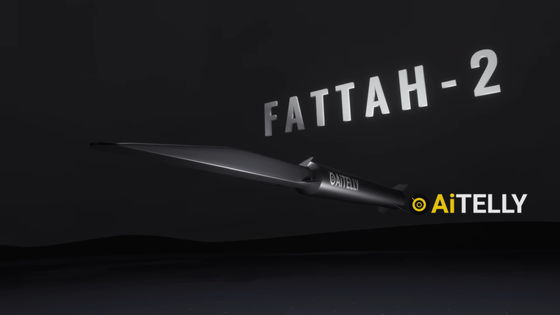
The Fattah-2 will be launched with solid fuel boosters.
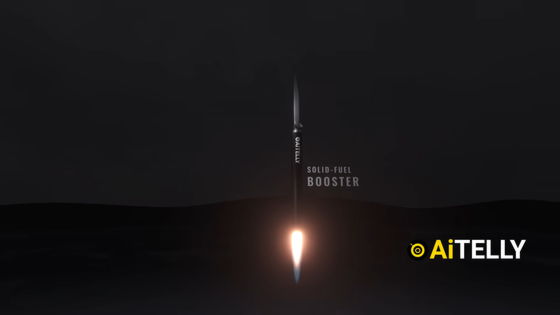
Once the Fattah-2 reaches a high altitude, it will reach speeds of over Mach 15 (18,500 km/h). After reaching the atmosphere, the Fattah-2 will separate its solid fuel boosters and become
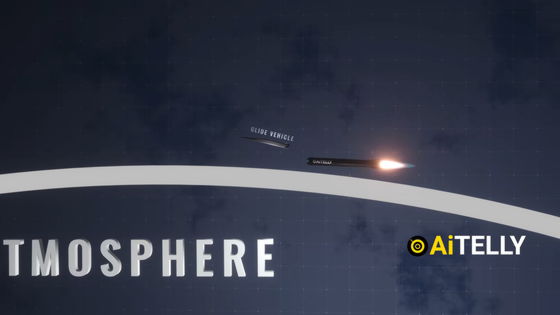
The hypersonic glide vehicle carrying the warhead re-enters the atmosphere independently.

The hypersonic glide vehicle is an aerodynamic design powered by a small liquid-fuel engine, and typically flies 12-30km above the ground while performing unpredictable maneuvers.
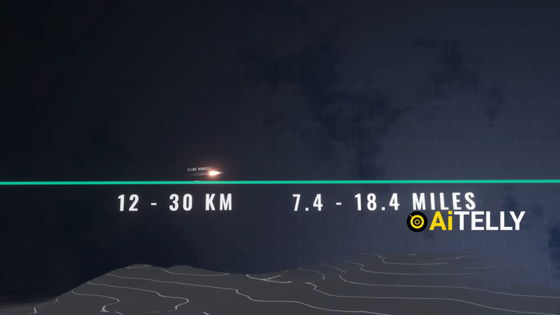
As it approaches its target, it will take rapid evasive action at speeds exceeding Mach 5 (approximately 6,200 km/h).

This combination of speed, agility, and flight path changes makes it extremely difficult for air defense systems to track and intercept.

Conventional missiles follow a predictable, parabolic trajectory.

On the other hand, Fattah-2's orbit is complicated.
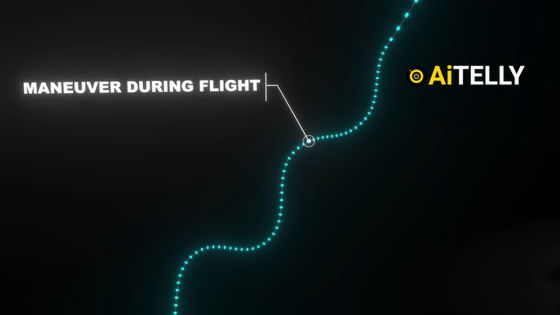
This is because the Fattah-2 has aerodynamic control surfaces and a hydrogen-powered movable nozzle that can be moved to adjust the glide path after re-entry into the atmosphere.

Continuous and unpredictable trajectory changes make the missile extremely difficult to track.

Conventional radar systems installed in air defense systems are designed to handle missiles on stable trajectories and are therefore unable to cope with erratic trajectories.

The core of the Fattah-2's propulsion system is a spherical solid-fuel engine with movable nozzles that allow for precise steering and controlled acceleration during re-entry into the atmosphere. Iranian officials have also claimed that the Fattah-2 is equipped with radar-evading capabilities, possibly utilizing stealth or low-observable technologies.
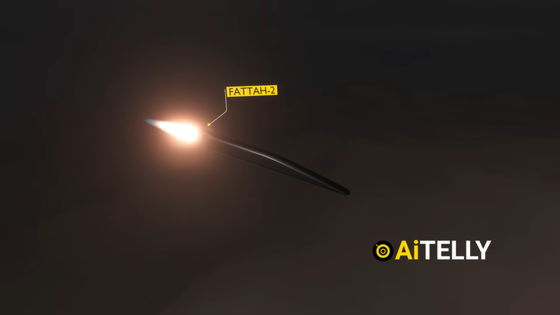
Iran also claims that the Fattah-2 has already penetrated Israeli air defenses and struck targets including military facilities and the Israeli air defense headquarters.
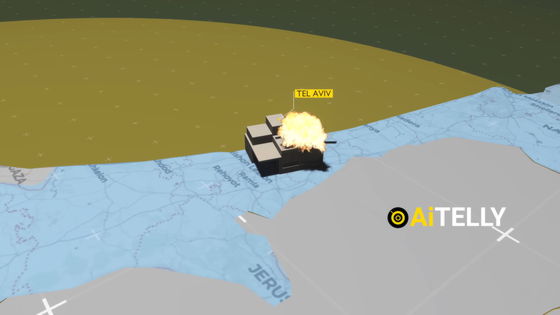
The Fattah-2's predecessor, the Fattah-1, was a two-stage solid-fuel missile with a maneuverable re-entry vehicle capable of mid-course adjustments and independent flight. The warhead was equipped with thrust vector control, which allowed for trajectory changes during both the intermediate and terminal stages of flight.
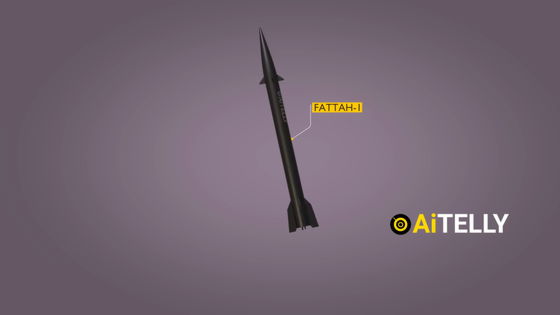
One of Israel's major drawbacks is its small size: in terms of land area, Israel is roughly 75 times smaller than Iran.
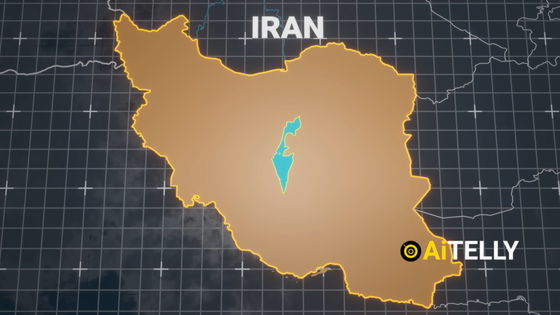
Israel is a small country, and any missile launched by Iran would reach its target within minutes, meaning the time available to detect, track and intercept the missile is very limited, which makes it difficult to deal with missiles.
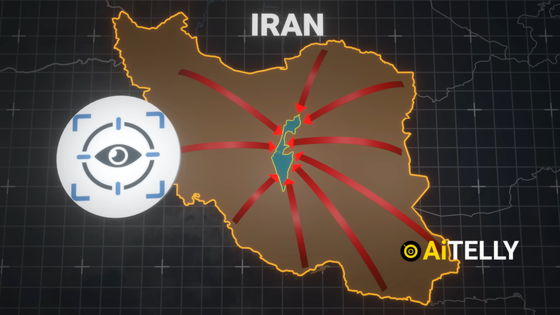
Geographically, Israel stretches from north to south for approximately 470 km, but at its narrowest point it is only 15 km wide and at its widest point it is only 135 km long.
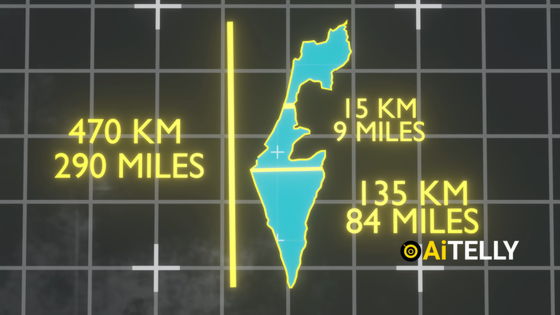
On the other hand, Iran is able to hide its missile stockpiles throughout its vast territory, making it difficult for Israel to destroy all of Iran's missile storage sites.
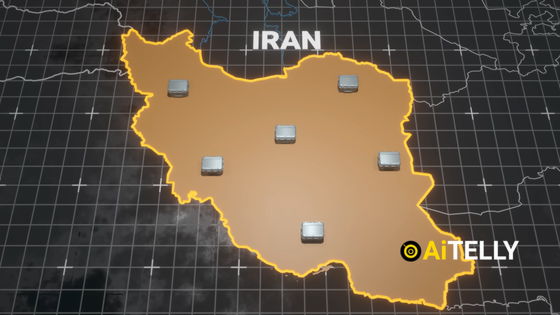
Next, we analyze the Fattah-2 attack from the perspective of Israel's air defense system.
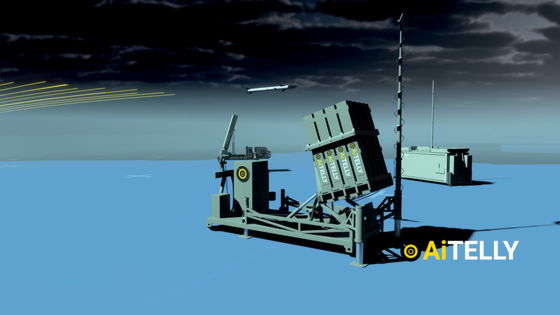
The Iron Dome has a range of about 40 miles (about 64 km).
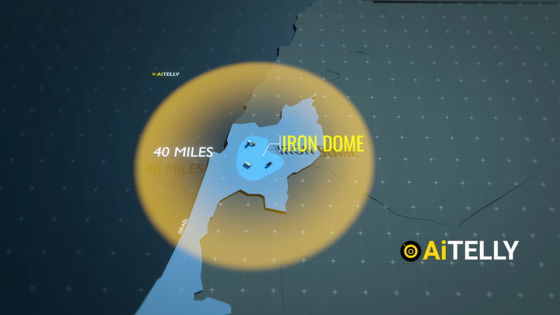
On the other hand, the David Sling has a range of 180 miles, while the Arrow 3 has a range of 1,500 miles (about 2,400 km).
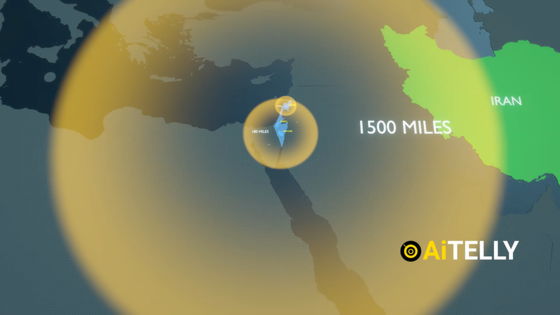
Analysis of the Iranian missile attack on Israel reveals that Iran launched the Fattah-2 after launching around 100 missiles, a mix of drones and cruise missiles, in an attempt to overwhelm Israel's air defenses.

Although Israeli air defenses have intercepted many of the Iranian missile attacks, many have evaded interception, mainly because the glide vehicles are able to change trajectory multiple times after detaching from their launchers.
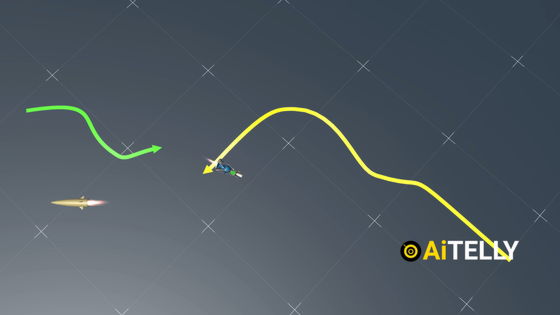
Even if we assume that the IDF were to intercept 90% of the Iranian projectiles, which would mean that only 10 would get past the air defenses, the damage to Israel could still be devastating.
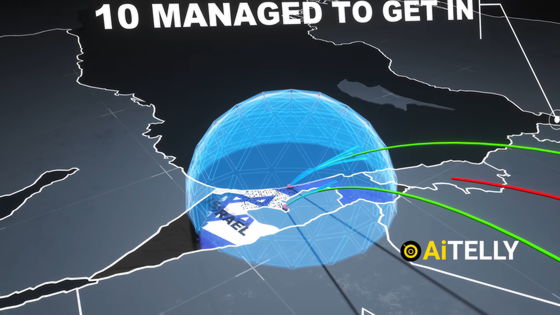
A single missile warhead could destroy an entire city block, as seen in the past attack on Tel Aviv.
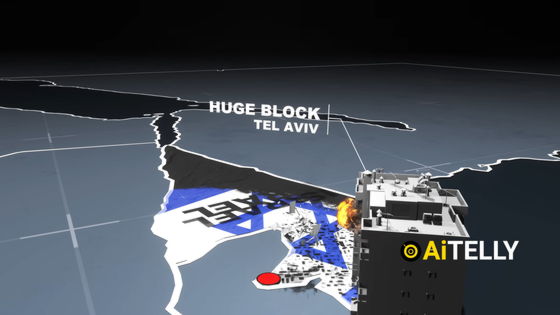
The Fattah-2 has a range of about 1,500 km, only slightly longer than the Fattah-1, but it has the ability to accelerate outside the atmosphere and use aerodynamic control to fine-tune its trajectory to evade Israeli air defense systems.
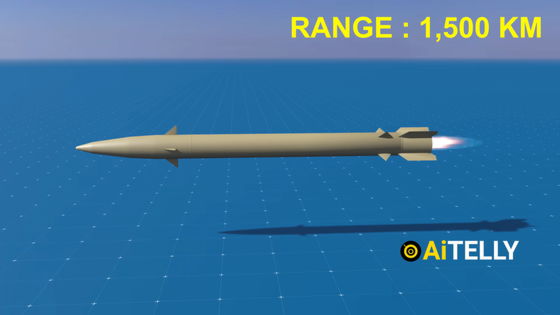
Other hypersonic missiles besides the Fattah-2, such as the American scramjet missile, can attack China in just 18 minutes at speeds of more than Mach 5. The scramjet missile collects oxygen from the atmosphere as it moves and mixes it with hydrogen fuel to create fuel.

On the other hand, gliding hypersonic missiles such as China's
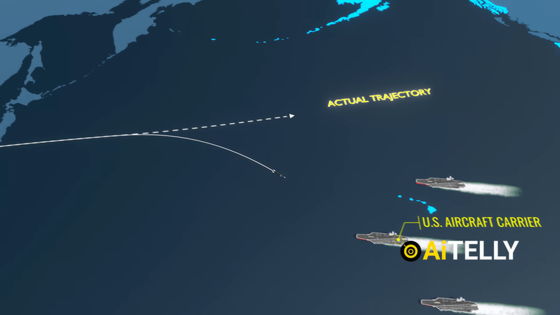
A hypersonic missile is one that travels at speeds of Mach 5 or faster. The Space Shuttle is an example of a vehicle that travels at hypersonic speeds, reaching speeds of Mach 20 to 24. However, the Space Shuttle can only travel at this speed for very short distances.
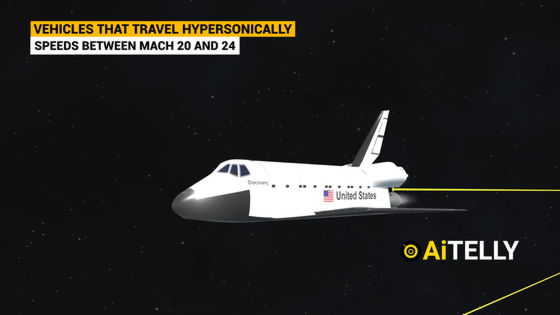
'Iran has been developing missiles for many years with an emphasis on dispersion and survivability. Iran's missile launchers are often mobile, hidden or stored in facilities, making them extremely difficult to disable in their entirety by Israeli attacks. These missile launchers also have enough redundancy to continue operating even after heavy bombardment,' AiTelly noted. In addition, Iran is believed to still have between 300 and 1,300 missiles, which could continue to pose a threat to Israel's security, AiTelly noted.
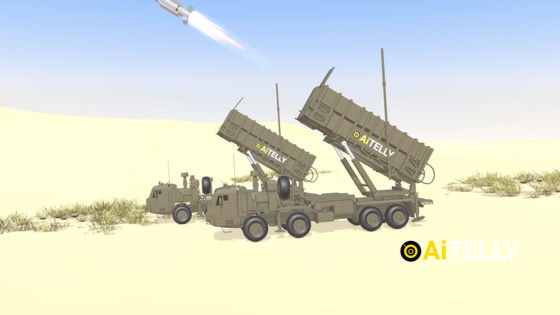
In addition, you can see how Iran's super-low sound speed missile Fattah-2 is actually used to attack Israel in the video below.
Why Iran used the 'Fattah-2' hypersonic missile to attack Israel in 'Operation Honest Promise 2' revealed - YouTube
Related Posts:
in Video, Posted by logu_ii







